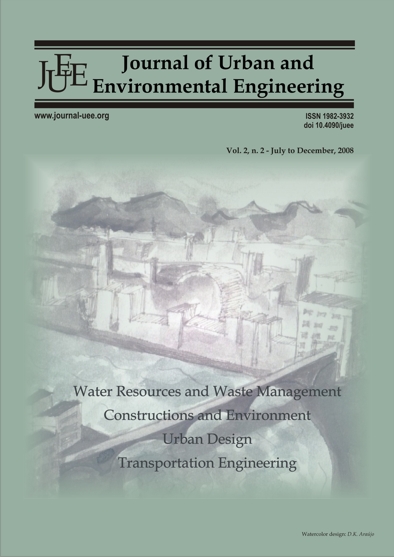CHANGES IN LAND COVER AND USE AFFECT THE LOCAL AND REGIONAL CLIMATE IN PIRACICABA, BRAZIL <a href="http://dx.doi.org/10.4090/juee.2008.v2n2.068074" target="blank">(doi: 10.4090/juee.2008.v2n2.068074)</a>
DOI:
https://doi.org/10.4090/juee.2008.v2n2.%25pKeywords:
Climate change, land use and land cover, numerical simulations, sugar cane seasonality,Abstract
Land use and changes in land cover play an important role in local and regional climatic conditions, especially in tropical regions. Piracicaba, a city in southeastern Brazil, has an economy that is based primarily on sugar cane cultivation. The seasonality of this crop means that there are marked annual fluctuations in land use and cover in this municipality. In this work, we investigated the seasonal variation in urban heat-islands and local climatic variations by using remote sensing data, geographic information system (GIS) and atmospheric modeling. The urban heat-islands were analyzed by using Landsat 7 (Enhanced Thematic Mapper+) images for the sugar cane crop (January to March) and non-crop (August to November) periods, and these images were subsequently converted to land surface brightness temperature. The average temperature in the non-crop period was 3.5°C higher than in the crop period, which suggested that heat-island intensity may be linked to the seasonality of sugar cane cultivation. In order to examine the influence of urban areas on regional temperature changes and heat fluxes, numerical simulations were done with the Brazilian Regional Atmospheric Modeling System (BRAMS). Overall, the results obtained suggested that local and regional climatic dynamics were related to land use and changes in land cover.Downloads
Download data is not yet available.
Downloads
Published
2009-07-29
Issue
Section
Articles




